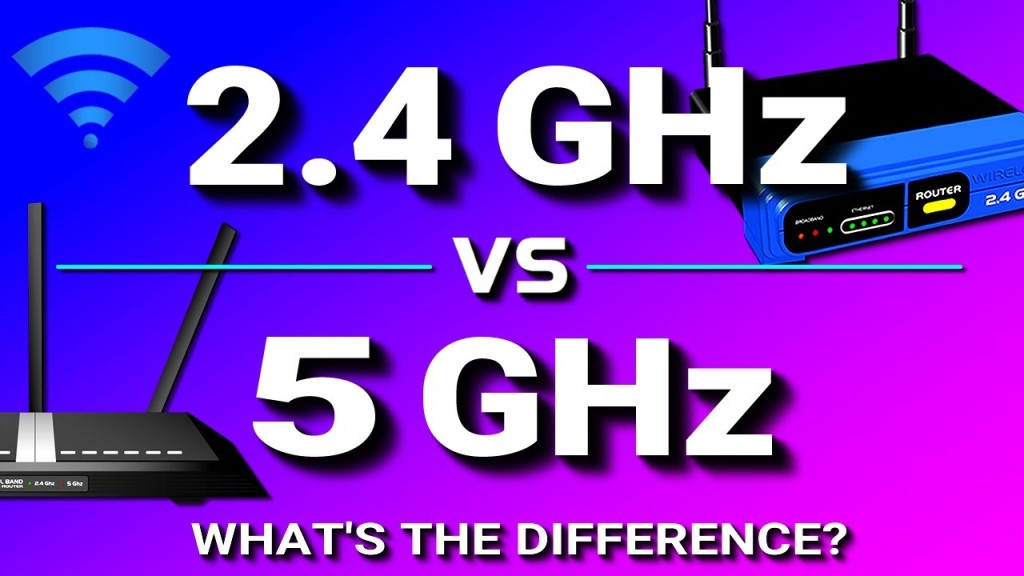What’s the Difference Between 2.4 GHz and 5 GHz Wi-Fi, and Which One Should You Use at Home?
You’ve probably seen those two Wi-Fi networks pop up on your phone — one ending in 2.4G, the other in 5G. And maybe you’ve wondered, “Alright, which one is actually better?” Honestly, I used to ignore it too, until one day my video call kept freezing while I was literally sitting next to the router. That’s when I realised these two bands really don’t behave the same.
Let’s break it down simply, without the boring jargon. Just the stuff that actually helps you choose the right one.
2.4 GHz Wi-Fi: the “long-range but slower” option
The 2.4 GHz band is the old reliable. It reaches far, goes through walls, and usually gives you a stable connection even if you’re two rooms away from the router. If you live in a house with thick walls (I grew up in one of those stone-wall houses where even GPS gave up), 2.4 GHz is often the one that keeps you connected.
Pros of 2.4 GHz:
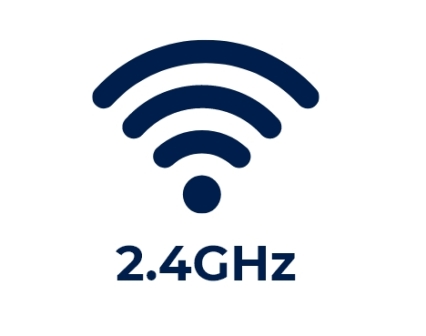
- Better range — you can wander around without losing signal.
- Handles obstacles like walls and floors more easily.
- Good for basic tasks: browsing, email, smart home devices.
Cons of 2.4 GHz:
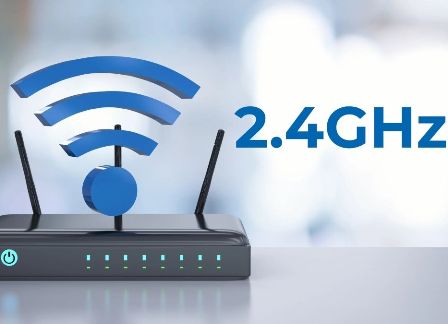
- Slower speeds on average.
- Easily congested — it’s used by tons of devices (phones, microwaves, baby monitors).
If your Wi-Fi sometimes feels “crowded,” there’s a good chance you’re stuck on 2.4 GHz along with half the neighbourhood.
5 GHz Wi-Fi: the “faster but shorter range” option
Switch to the 5 GHz band and you’ll usually feel the difference instantly. Faster downloads, smoother streaming, less lag in games — the works. When I switched my laptop to 5 GHz for the first time, my YouTube videos stopped doing that annoying “buffering dance.” It was honestly night and day.
Pros of 5 GHz:
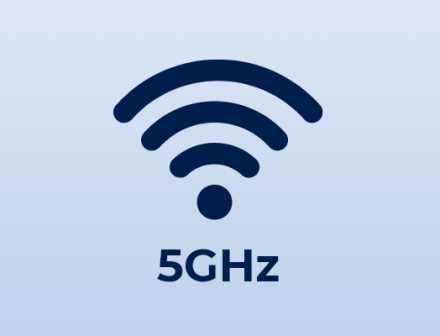
- Much faster speeds.
- Less interference — fewer devices use this band.
- Ideal for streaming, gaming, video calls.
Cons of 5 GHz:

- Shorter range.
- Struggles with walls and obstacles.
If your router is downstairs and your bedroom is upstairs at the opposite end, 5 GHz might not follow you very well.
So… which one should you actually choose?
It depends on where you are in your home and what you’re doing. Simple as that.
Choose 2.4 GHz if:
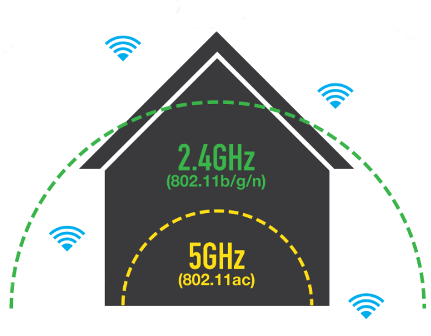
- You’re far from the router.
- You’re dealing with thick walls or multiple floors.
- You use smart bulbs, cameras or gadgets that only work on 2.4 GHz (a lot of them still do).
Choose 5 GHz if:
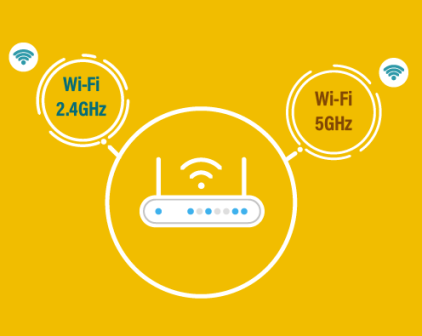
- You need speed — gaming, video calls, 4K streaming.
- You’re in the same room or one room away from the router.
- You want a cleaner, less congested signal.
Honestly, most people switch between the two without even realising. Some routers do it automatically, but many still separate the networks. If yours does, you might have noticed your phone “jumping” between them when you’re walking around the house. It’s not you — it’s the Wi-Fi trying to keep up.
My personal take (after lots of trial and error)

If you want a simple rule: use 5 GHz whenever you can, and fall back to 2.4 GHz when the signal becomes weak.
That’s what I do at home. My office is basically two walls away from the router — close enough for 5 GHz, and the difference is obvious. But in the garden? Nope. The 5 GHz signal dies before I even sit down. So I switch to 2.4 GHz and everything works again, just a bit slower.
Conclusion: it’s not about “better”, it’s about “better for your situation”
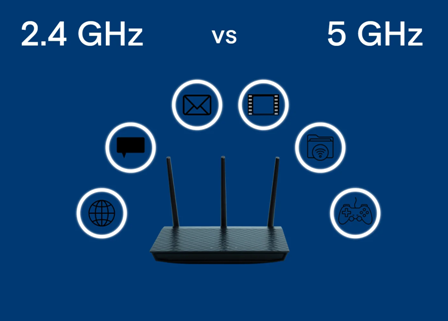
The two bands aren’t enemies. They’re just good at different things. If you like simple solutions, think of it like this:
2.4 GHz = distance and stability
5 GHz = speed and performance
So the real question isn’t “which one is best?” but rather: what room are you in, and what are you doing right now?
Once you answer that, the choice becomes obvious.

